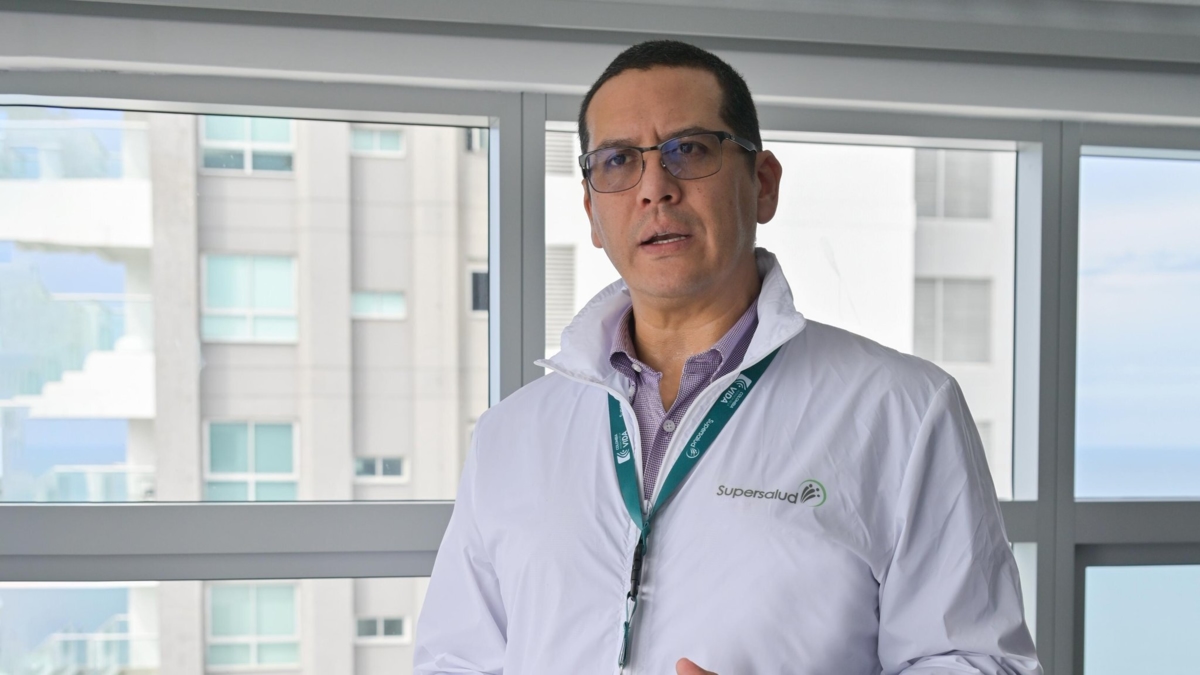Mayo Clinic technology that will transform breast cancer detection: It captures twice as many cases and is already being implemented in the U.S.

A new technology developed by the Mayo Clinic could transform the way breast cancer is detected, especially in women with dense breast tissue, a condition that makes it more difficult to identify tumors on conventional mammograms.
This is Molecular Breast Imaging (MBI), an exam that, according to a study published in the journal Radiology in 2025, achieved more than double the detection of invasive cancers compared to traditional 3D mammography.
“It's different from the mammogram we know. Instead of just showing the shape of the tissue, MBI shows how the tissue works inside,” explained Dr. Carrie Hruska, principal investigator of the Density MATTERS trial, during a press conference.

The study showed that the test is safe and that 95% of patients would undergo it again. Photo: iStock
But how exactly does the MBI work?
MBI works by injecting a small amount of radioactive material into the body and allowing the body to see how breast cells use energy. Cancer cells absorb more of this material, making them more visible in the image.
This marks a difference with mammography: while one shows the structure, the other shows the activity of cells. And this difference allows for the detection of tumors that might otherwise go undetected.
The results were overwhelming:
Total cancer detection increased from 5 to 11.8 cases per 1,000 studies when MBI was included, and for invasive cancers, detection increased from 3 to 7.7 cases per 1,000 studies.
“Another way to put it is that our routine mammograms may be missing more than half of breast cancer cases ,” Hruska noted.
Furthermore, the study showed that the exam is safe, well tolerated by patients , and has radiation exposure similar to that of a conventional mammogram.
Who can take this test?
According to research, nearly half of women have dense breasts, which reduces the effectiveness of mammograms. Therefore, this is the group of people who would benefit most from MBI.
“ Even in women with breast implants or tissue that is difficult to visualize, MBI allows us to clearly see what is happening,” she said.

In the future, this could mean progress in detecting other types of cancer in the body. Photo: iStock
Complements, but does not replace
During the Mayo Clinic press conference for various media outlets, Dr. Hruska said that although she would like to, MBI does not replace mammography, and that the two technologies work well together, which is why they ultimately complement each other.
"Some women alternate between the two technologies, but we still recommend mammograms. They complement each other very well," she stated.
However, for now, the MBI is only available in 35 medical centers in the United States, but researchers believe its use could expand rapidly. The Mayo Clinic team said the technology is small, easy to operate, and low-cost , which could facilitate its expansion to Latin America.
This breakthrough also has implications for other areas of medicine, as it would be possible to apply this technology to identify other types of cancer in other parts of the body.
“It's like a Lego system: the detectors can be configured to view different parts of the body,” Hruska explained. “The closer you are to the organ, the more detail you can see. In the case of the breast, its size and shape make it ideal for this type of imaging.”
Although widespread coverage of the exam is still lacking under health insurance, the study results support new recommendations from the American College of Radiology, which suggest offering MBI, MRI, or contrast-enhanced mammography as complementary screening for women with high breast density.
eltiempo



-U34160351147zXP-1024x512%40diario_abc.jpg&w=1280&q=100)
